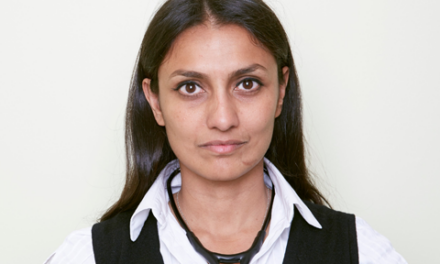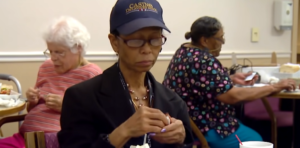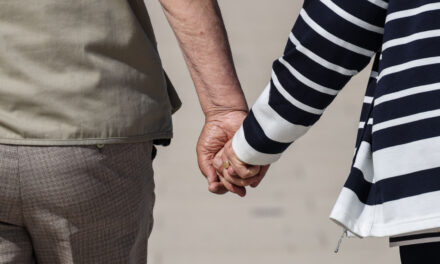
A by-the-numbers look at the disease that affects 1 in 8 American Women
WHAT TO KNOW
Risk factors
- Being a woman
- Getting older
- Inherited BRCA1 and BRCA2 genes: A woman with the inherited BRCA gene mutation has about a 70% chance of getting breast cancer by age 80.
- Having a family history of breast cancer
- Having a personal history of breast cancer
- Having dense breast tissue
- Other breast conditions
- Starting menstruation early
- Going through menopause after 55
- Having radiation to your chest
- Exposure to synthetic estrogen
Types of breast cancer
The type of breast cancer is determined by the specific cells in the breast that are affected. Most breast cancers are carcinomas. Carcinomas are tumors that start in the epithelial cells that line organs and tissues. Sometimes, more specific terms are:
Noninvasive cancers stay within the milk ducts or lobules in the breast. They do not grow into or invade normal tissues within or beyond the breast. Noninvasive cancers are sometimes called carcinoma in situ (“in the same place”) or pre-cancers.
Invasive cancers do grow into healthy tissues. Most breast cancers are invasive.
Screenings
Mammogram machines: 3D mammogram machines create 3D images and standard 2D mammogram images. Studies show that combining the images reduces the need for additional imaging and slightly increases the cancers detected during screening.
Breast ultrasound: Ultrasounds can be helpful in finding changes in the breast tissue. Lumps can also be determined to be a solid mass or a fluid-filled cyst.
Breast MRI scans: For women at a high risk for breast cancer, yearly MRI scans may be recommended. This scan can help find and measure the size of tumors.
Signs and symptoms of breast cancer
- Lumps or a mass in the breast
- Swelling
- Skin irritation or dimpling
- Breast or nipple pain
- Redness, scaliness or thickening of the nipple or breast skin
- Nipple discharge
- Nipple retraction
Sources: American Cancer Society, National Cancer Institute, BreastCancer.org, Susan G. Komen for the Cure, Mayo Clinic, World Health Organization and Centers for Disease Control and Prevention
BY THE NUMBERS
297,790 Estimated new cases, 2023
43,700 Estimated deaths, 2023
What are the odds?
Age-specific probability of developing invasive breast cancer for women:
Current Age 10-year probability 1 in …
20 0.1% 1,439
30 0.5% 204
40 1.6% 65
50 2.4% 42
60 3.5% 28
70 4.1% 24
Lifetime risk 12.9% 8
Facts & Figures
- Breast cancer is the most commonly diagnosed cancer among U.S. women and represents about 30% of all newly diagnosed cancers in women.
- Breast cancer accounts for 12.5% of all new annual cancer cases worldwide.
- About 13% (1 in 8) of U.S. women will develop invasive breast cancer.
- More than 4 million women have a history of breast cancer in the U.S.
Mammograms
Mammograms — X-ray pictures of the breasts — are recommended annually for women 45 and older. Some women may choose to start getting them at age 40.
53% of women ages 45-54 have had a mammogram in the past year*
73% of women ages 55-65 who had a mammogram in the past two years*
75% of women ages 65-74 who had a mammogram in the past two years*
51% of women ages 75+ who had a mammogram in the past two years*
*mammogram statistics from 2018, the most recent data available.
Race and Ethnicity
Diagnosis rates per 100,000 women:
All Races – 126.9
White – 137.6
Black – 128.3
American Indian – 107.4
Asian/Pacific Islander – 106.4
Hispanic – 98.5
Death rates per 100,000 women:
All Races – 19.6
White – 19.7
Black – 27.6
American Indian – 17.6
Asian/Pacific Islander – 11.7
Hispanic – 13.7
Estimated for diagnoses in 2023:
Female – 297,790
Male – 2,800
Estimates for deaths in 2023:
Female – 55,720
Male – 530
5-Year Survival Rates
Percent by race and ethnicity:
All Females – 90.8
White – 92.5
Black – 83.1
American Indian – 91.7
Asian/Pacific Islander – 89
Hispanic – 88.2
Krista Larson
Associated Press
DAKAR, Senegal — A $40 million investment will help several African manufacturers produce new messenger RNA vaccines on the continent where people were last in line to receive jabs during the COVID-19 pandemic, the Bill & Melinda Gates Foundation announced Monday.
While it could still take at least three more years before any of the vaccines are approved and on the market, the foundation said that its mRNA investment marks an important step forward in improving vaccine equity.
“Whether it’s for local diseases in Africa like Rift Valley (fever) or for global diseases like TB, mRNA looks like a very promising approach,” Bill Gates told The Associated Press on Sunday after visiting one of the facilities involved, the Institut Pasteur in Dakar, Senegal. “And so it allows us to bring in lots of African capabilities to work on these vaccines, and then this can be scaled up.”
The announcement comes as the foundation opens its annual three day Grand Challenges event, which brings together scientists and public health researchers from around the world.
Institut Pasteur, along with the South Africa-based company Biovac, will be using an mRNA research and manufacturing platform that was developed by Quantoom Biosciences in Belgium. The two Africa-based vaccine manufacturers are receiving $5 million each in funding from the foundation, while another $10 million is earmarked for other companies that have not yet been named. The remaining $20 million is going to Quantoom “to further advance the technology and lower costs.”

Southwest Montana Health Care Directory






